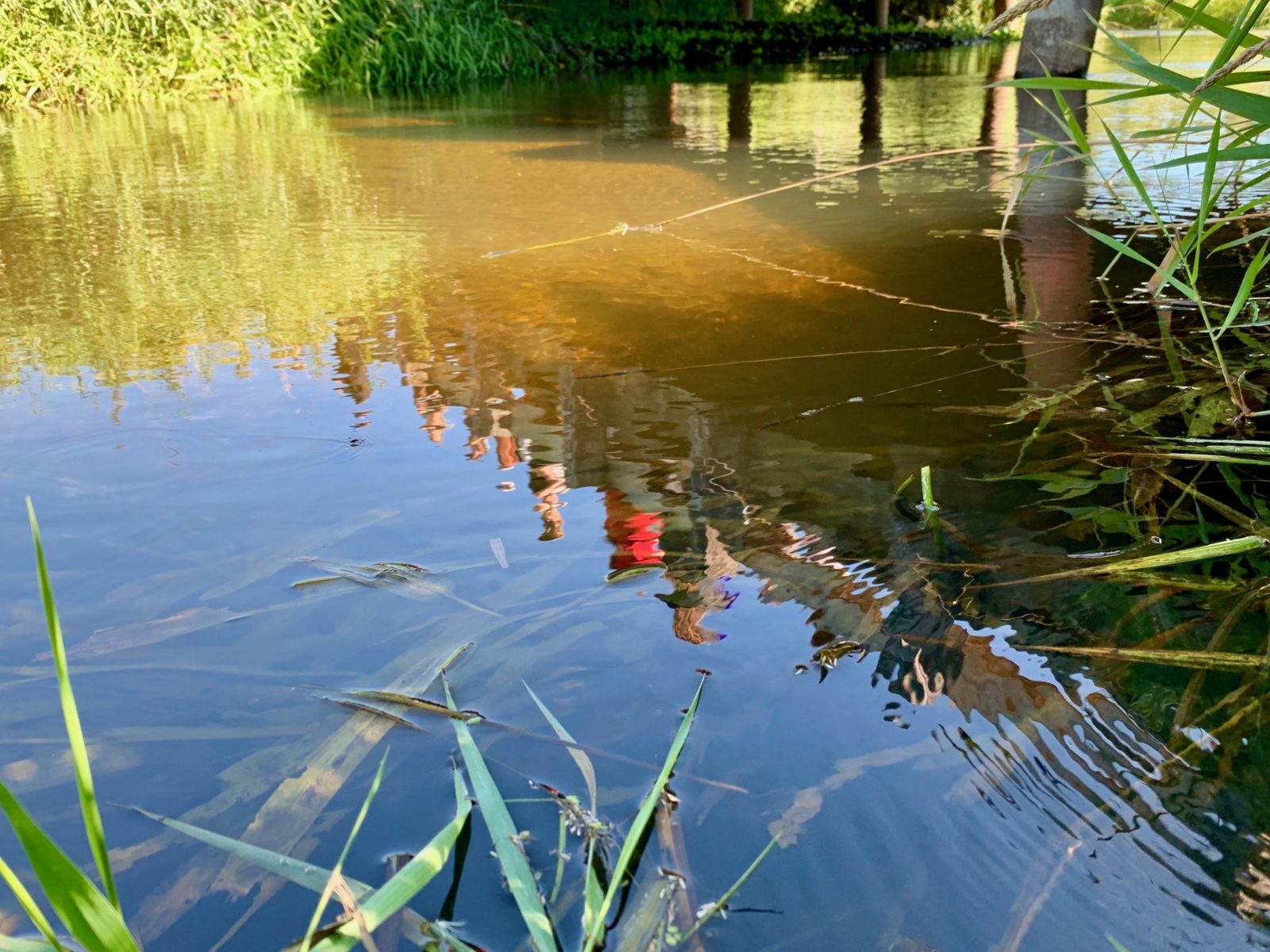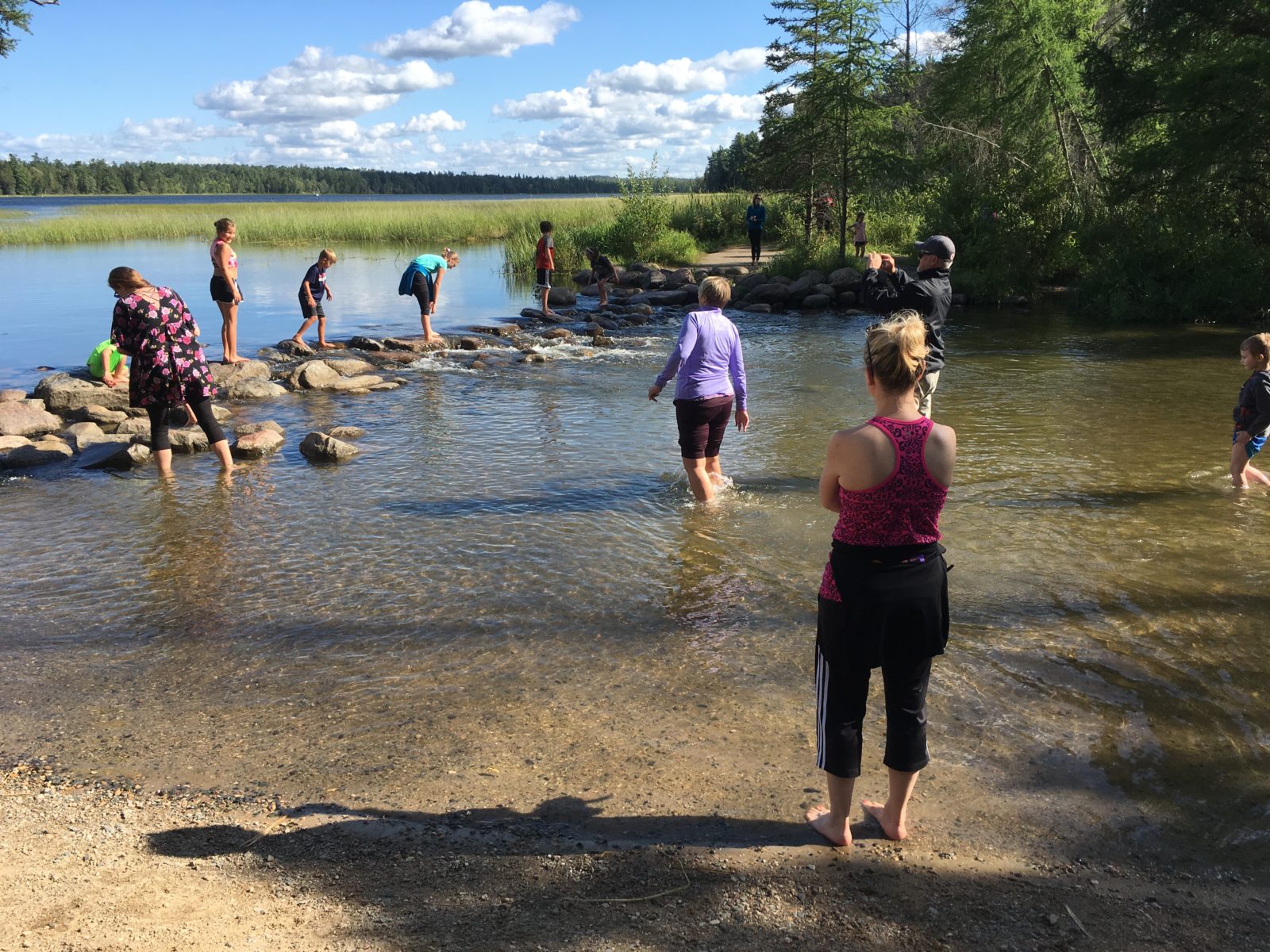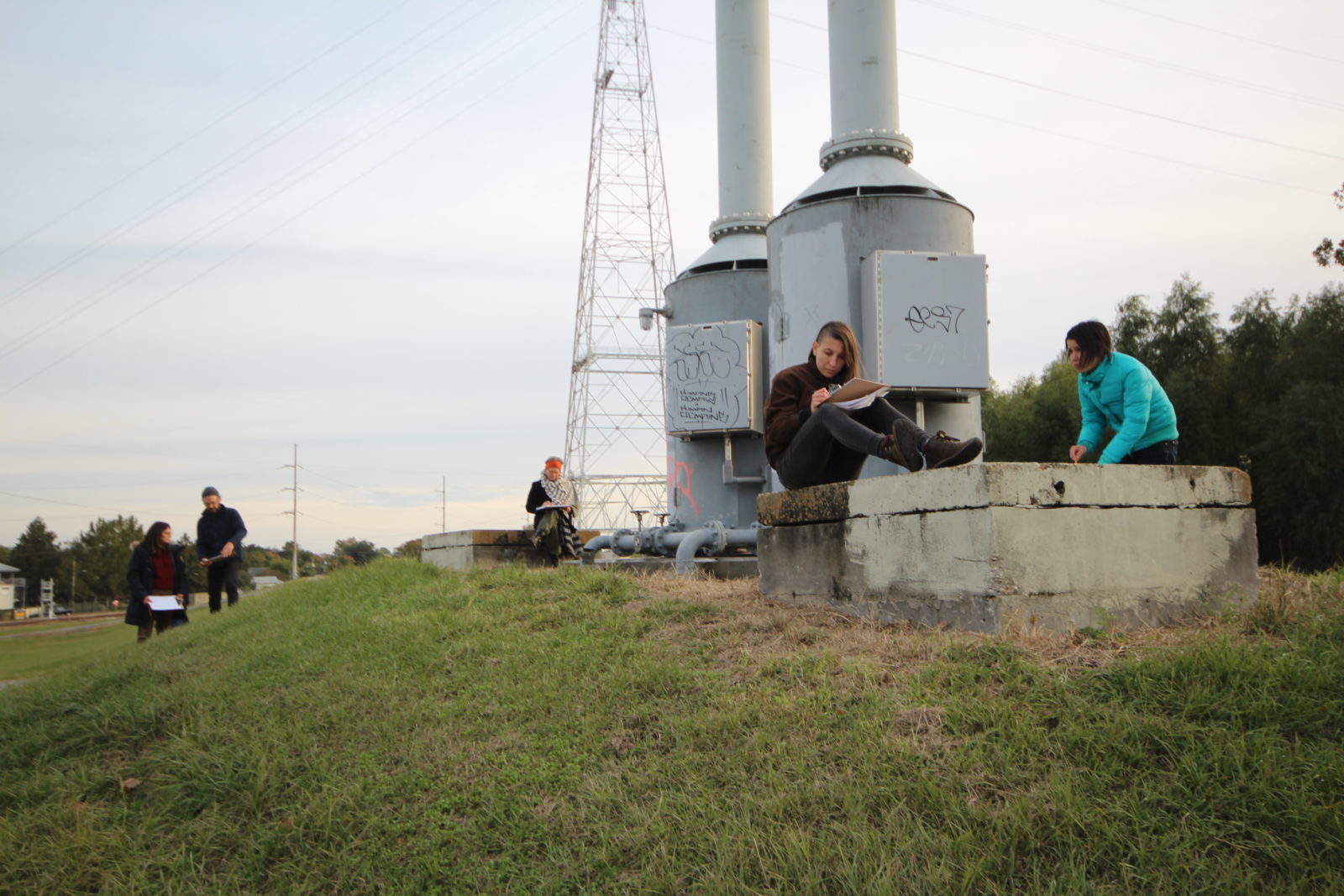
(Originally published for the Anthropocene Curriculum.)
I’ve known rivers:
I’ve known rivers ancient as the world and older than the
flow of human blood in human veins.
My soul has grown deep like the rivers.
I bathed in the Euphrates when dawns were young.
I built my hut near the Congo and it lulled me to sleep.
I looked upon the Nile and raised the pyramids above it.
I heard the singing of the Mississippi when Abe Lincoln
went down to New Orleans, and I’ve seen its muddy
bosom turn all golden in the sunset.
I’ve known rivers:
Ancient, dusky rivers.
My soul has grown deep like the rivers.
— Langston Hughes, The Negro Speaks of Rivers
As the River Journey approaches, it seems to ask us what this medium, this channel, this vehicle is, does, or could do. A means of transport? A “source”? A “sink”? Flows of thought become necessarily entrained on impressions and projections of river-ness.
We hear from Shanai that for her particular clan of Northern Minnesotans, the Mississippi, up here, is a place where things go. Stuff you don’t want, you throw it in the river. The river, up here, points away, it takes things elsewhere, gets rid of things. That might be why it’s more upsetting than you might think if you fall, or are thrown, into the river. When we were all kids, the bullies up here, they took to throwing their persecuted into that river: weaklings, younger kids, girls. Discarded like so much rice chaff. In a later car ride through the rectilinear, orthogonal highways that grid northern Minnesota, there are giggles: imagine if we had embraced or even enjoyed being thrown in the river, what power we would have over such bullies.
We hear from Connie Cox, on a walk along the edge of the lake at Itasca State Park, that the Mississippi, up here, was for a time a kind of liquid conveyor belt. 19th- and 20th-century logging in the area would use “splash dams” to maximize timber throughput near the headwaters. Splash dams were constructed to block Lake Itasca drainage, especially during spring thaw, elevating its water level. Loggers then bloated the lake with the trees they had chopped down, and exploded the dam. Repeatedly. The resulting surges of water plus trees would save the loggers hours of back-breaking hauling and work. These forced floodings, a practice that spanned at least five decades, carried out by loggers like Thomas Barlow Walker, also eroded and destroyed the banks of the river and lake, its habitats and seasonal cycles. (The Walker Art Center began in 1879 as a personal art gallery in Thomas’ home). It was the advocacy of Mary Gibbs, the first woman to become a Park Commissioner in the U.S., that would convince the state Legislature to pass a law protecting the park from flooding by logging dams.
“Mississippi” is a francophone adulteration of Anishinaabe (Ojibwe, Algonquin) name given to the river, indicating something along the lines of how “great” or “big” a river it is. “People are enthralled by it,” Bob Chance, manager of Itasca State Park told the Star Tribune in 2018: “They are amazed that it is that small.” Way down south, the river is an accumulator, full of the life-effluent of an industrialized nation, its cares, concerns, and contaminants. But here, at Lake Itasca, we hear from river journeyer Nell Gehrke of the burgeoning river at Lake Itasca, and how it contrasts her imaginings of the New Orleans delta where she will arrive, by boat, in more than two months’ time.

